Dr. Shaina Sadai Talks About COP27, Climate Justice, Sea Level Rise, and Corporate Accountability
Union of Concerned Scientists
OCTOBER 26, 2022
An expert on sea level dynamics and climate justice within the UN negotiations, Dr. Sadai is working to ensure that her scientific studies get in the hands of decisionmakers who are shaping our world today. UCS’s new Hitz Family Climate fellow, Dr. Shaina Sadai , is stepping into this emerging area of work.


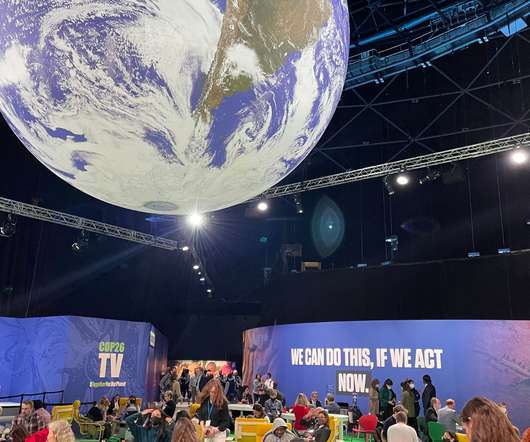
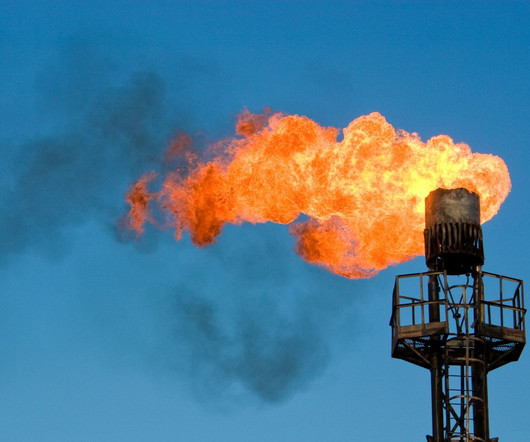

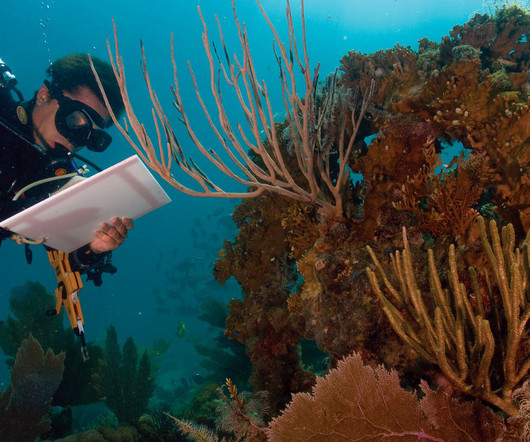
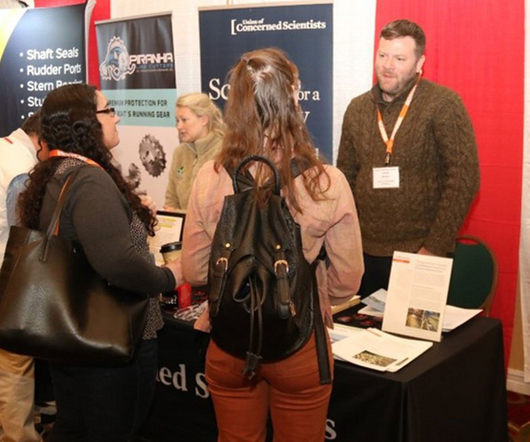
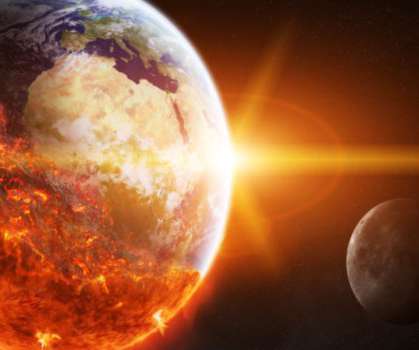
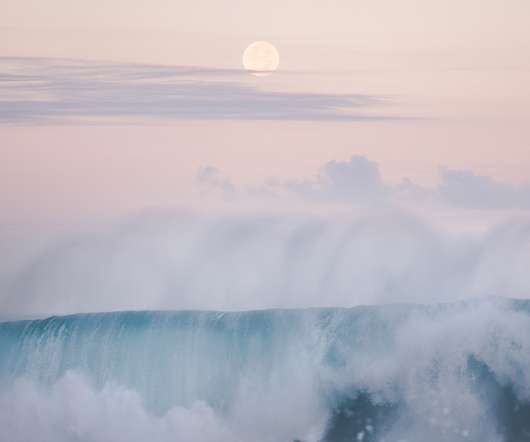

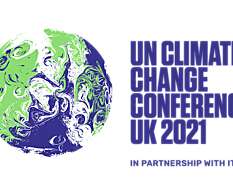






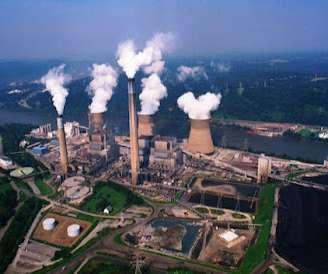







Let's personalize your content